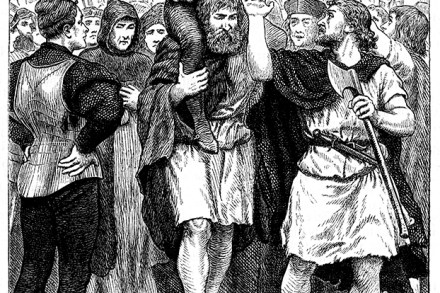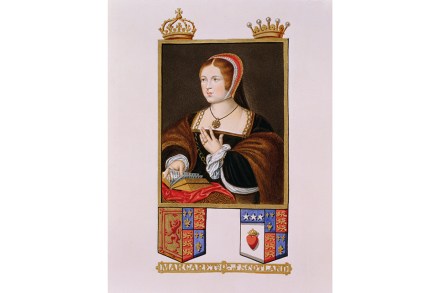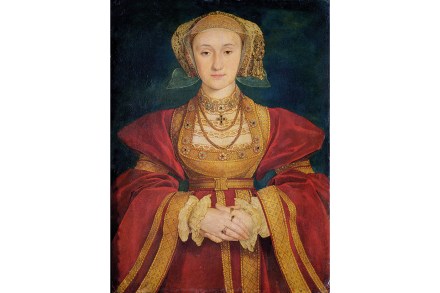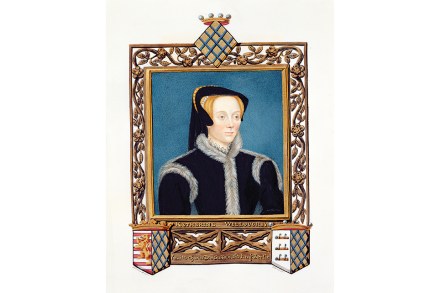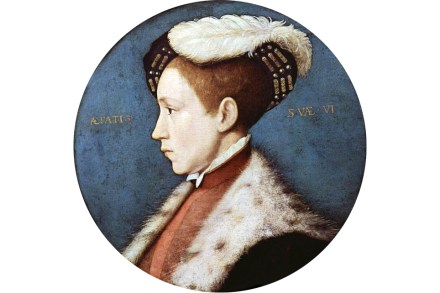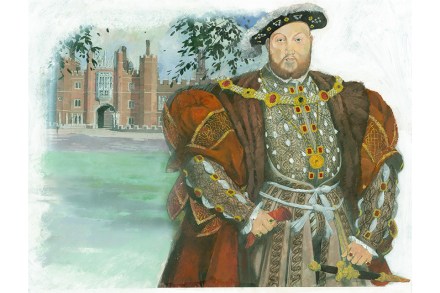The boy who would be king: The Pretender, by Jo Harkin, reviewed
Cock’s bones! This is a most wonderly historical novel, the very reverse of a wind-egg. It tells the story of Lambert Simnel, the youthful figurehead of a Plantagenet uprising against Henry VII in 1487. The historical Simnel is an elusive figure, and most of what little we know comes through Tudor propagandists. Jo Harkin fills the gap in the record with enormous brio, channelling this bloody epilogue to the Wars of the Roses through a hapless adolescent who usually has his mind on other things. Simnel is a pretender in more ways than one. Even he doesn’t know who he really is. The son of an Oxfordshire farmer? A Yorkist
